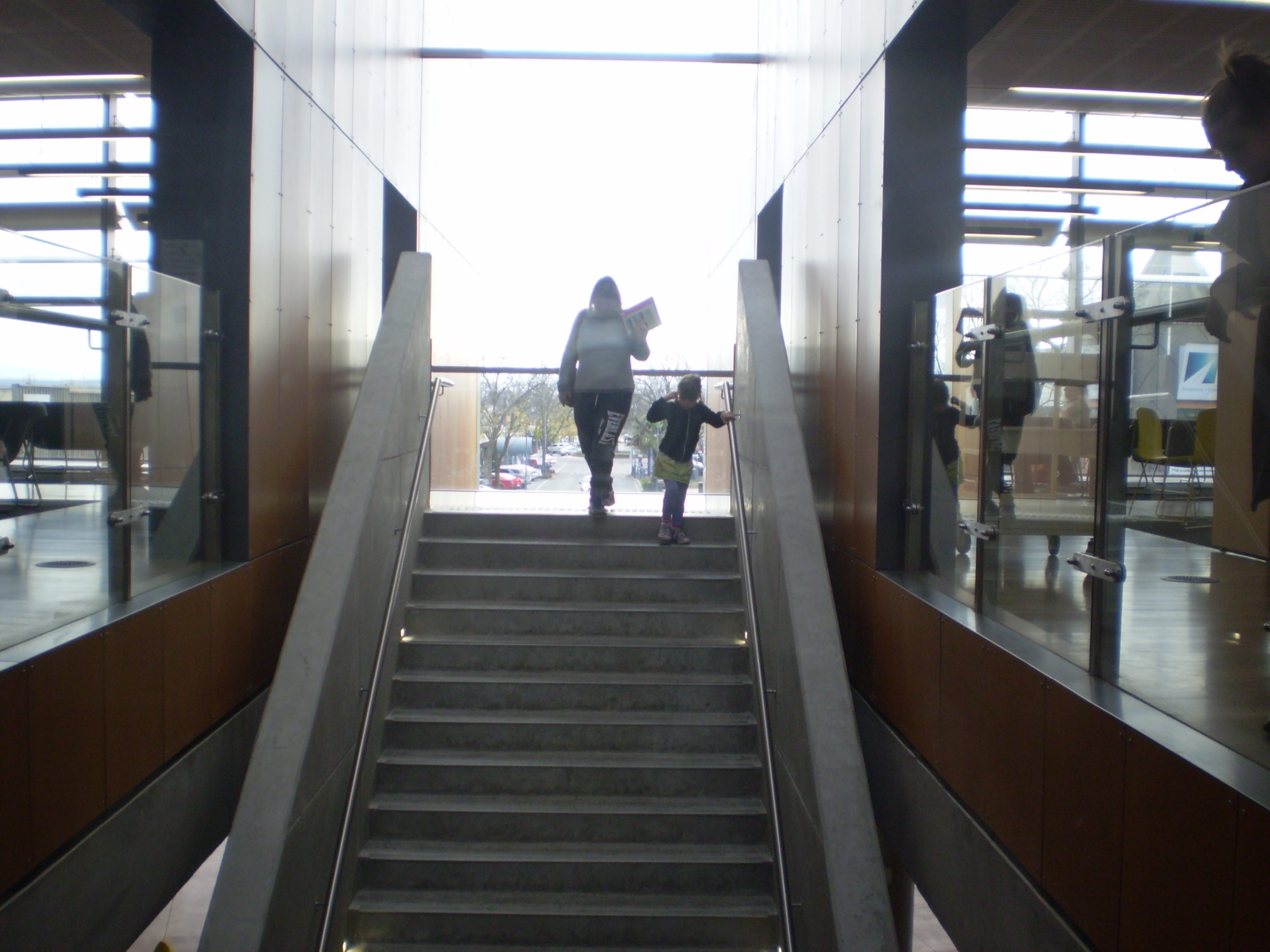Blog
The steps of producing a self-published hardcopy book

The steps of producing a self-published hardcopy book are:
- writing and self-editing (including, possibly, beta reading and/or MS appraisal)
- editing
- graphic design
- proofreading, then proofreading the printer’s final proof
- printing.
Note: marketing is not covered in this article.
1. Writing and self-editing
Many articles and books have been, and are continually being, written about how to go about writing a book. In my experience, all you need to do to write a book is to sit down and write your first draft (easier said than done). Then, start reviewing and self-editing.
You may want to call for help from either a beta reader or a manuscript assessor to give you feedback on your manuscript which will help self-edit your manuscript to a higher level. Theoretically, the better your writing is, the less it will cost to get your manuscript edited by a professional.
When you feel you have improved your manuscript to the best of your ability, it’s time to go to the next stage: editing by a professional editor.
2. Editing
For information about the editing stages go to:
- The editor’s role in producing your book
- Choosing the best editor for your project
- The different stages of editing
- How editors and writers work together.
3. Graphic design
Once the manuscript has been copy edited to the stage where there are no outstanding errors in the document and it is ready for self-publication, the client (or editor) hands it over to the graphic designer/s.
For detailed information about the graphic design stage, go to: The procedure for getting your self-published book designed.
4. Proofreading, then proofreading the ‘final proof’
After the graphic designer has completed their task, the designed book needs to be proofread to ensure no errors were introduced during the design process (or inadvertently left in by the copy editor). For more information, go to: Proofreading hard copy publications.
Once the proofreading is done, the electronic file (PDF) is sent to the printer, who imports the file into their system. When the publication is ready to print, but before being printed, many printers send a hard copy ‘final proof’ to the client to check or proofread again. For more information, go to: Proofreading the printer’s final proof.
5. Printing
After the client or editor has checked or proofread the ‘final proof’:
- if there are any errors or items for improvement, they amend the PDF and resend to the printer, or
- if there are no further amendments to be made, they give the go-ahead (approval) to the printer and the print run commences.
The printer then sends the books to the client: the book is now self-published.
More information about self-publishing
- Self-publishing: file formats from manuscript to proofreading
- Marketing your self-published book
- The cost (and steps) of self-publishing.
This article has been edited by Dee Sansom, On Time Typing, Editing and Proofreading
Image: Copyright SW Kane
Back To Blog

